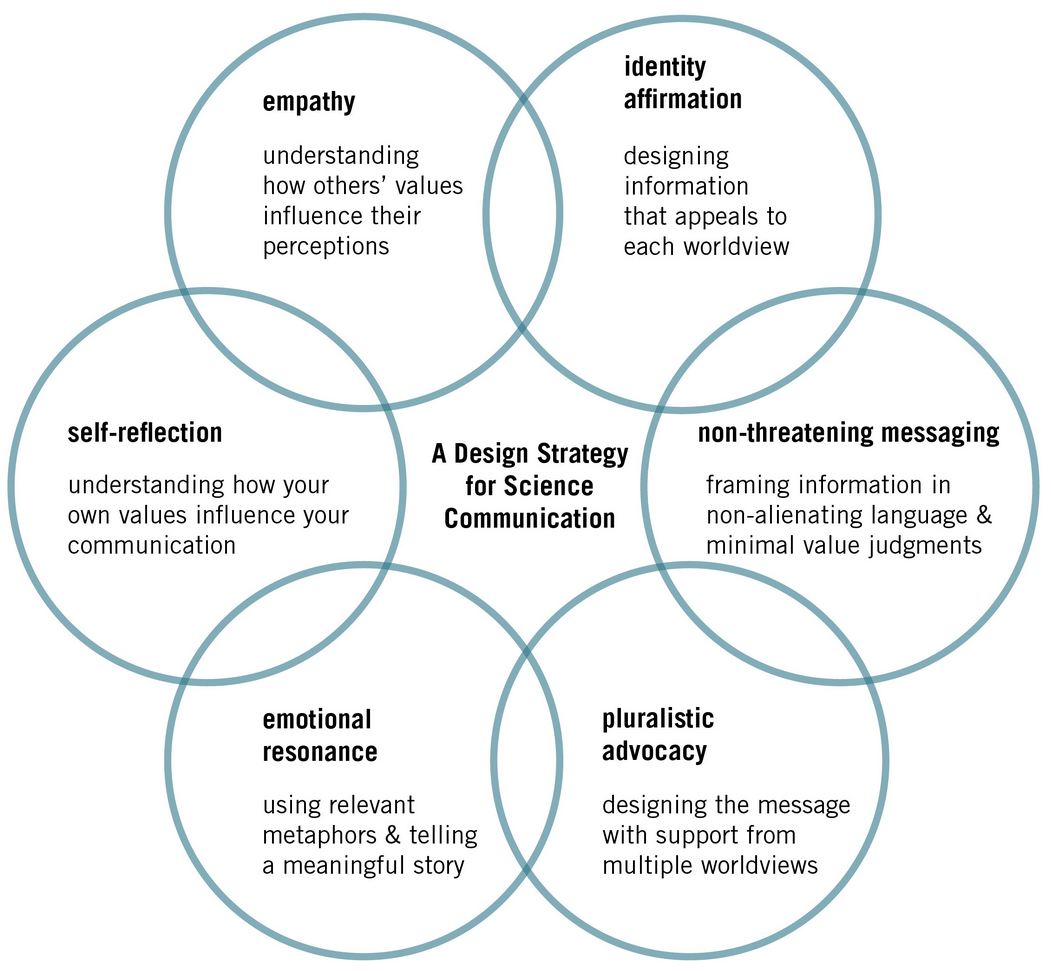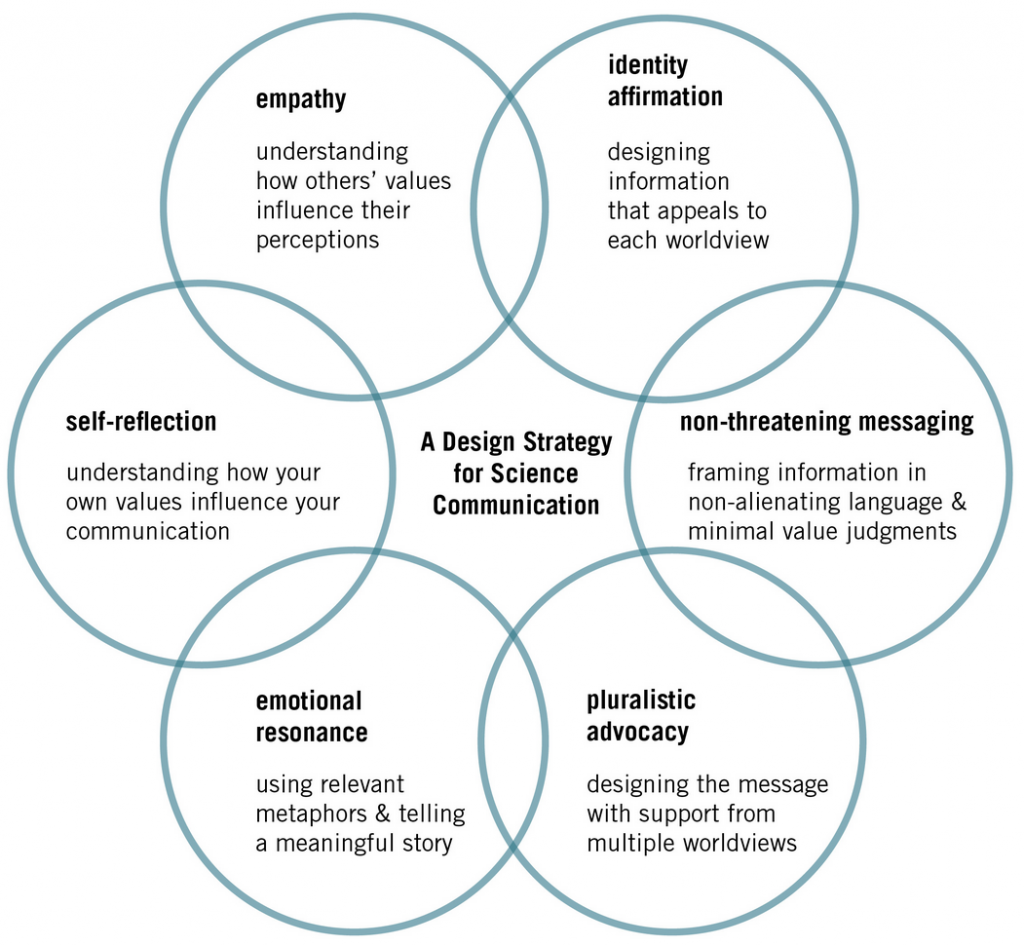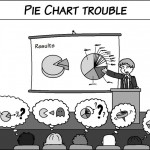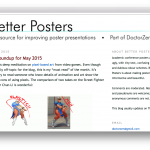Jennifer Briselli: “Help scientists approach science communication like designers”
”I want to help the science community communicate better.” So Jennifer Briselli, design strategist with a background in physics, education, rhetoric and design, started her two part article “Designing Science Communication” on medium.com
As you may have noticed, the Crastina Column this month dwells on what scientists can learn from designers. This is the first follow up interview with people who have explored the same subject. Meet Jennifer Briselli, researcher, strategist and storyteller who resides in the Boston area

Tell me a little about your two-part article Designing Science Communication.
This article was a culmination (or perhaps extension) of the work I began as a grad student studying information design and experience design. I spent a year working on a masters thesis centered around an exploration of how “design thinking” might be applied to science communication, a field that seemed like it could really benefit from a turn toward a more rhetorical (audience-centered) approach. I did a lot of research and experimented with some strategies and out that seemed to crystallize these 6 overarching pillars of what I guess you might call a “Design Strategy for Science Communicaton.”
Since I’ve finished grad school, I haven’t wanted to set this work on a shelf; I’m very interested in continuing and evolving it, and in finding ways to share it with people who may find it useful. To me that doesn’t just mean finding ways to market or publish this work, but also asking what forms this might be most actionable- for example I first created a set of reference cards similar to sets that design agencies like IDEO and Frog have done, designed to help people apply human-centered design principles to their own work. I’ve created a workshop around this work that aims to help scientists and science communicators do the same and I’ve shared talks on my work at conferences. Even though I emphasize that there is no one “recipe” for science communication, people still tend to want small digestible chunks of information, so I eventually decided to distill my thesis document, which was about a 100 pages, into a much shorter article (the one you referenced) and even later went one step further in creating a 1-page summary worksheet that sums up the same ideas.
Essentially I think we have a lot of great knowledge about how science communication can be more effective, from social science, classic rhetoric and communication studies, and even our own personal experiences… but it’s difficult to put that knowledge into action because every situation is different and calls for different types of communication. I believe design provides us with that vehicle for enacting what we know. Design is the process we can apply to achieve that end. And what I’ve been trying to do is create this useful strategy in as many forms as possible- from a semester long curriculum to a 3 hour workshop (which I’ve presented many times now to audiences ranging from young grad students to Canada’s NSERC), to articles and single page summaries.
As you’ve likely seen, the article isn’t meant to be a “how-to” but more of an introduction to human centered design and some hints at how we might apply it to scicomm.
Why should it consider the early career scientist?
Early career scientists are in a unique position to be able to push the present limits of science communication. Younger generations tend to be more open to change and also are more accepting of the growing truth that our scientific knowledge cannot remain locked away in labs and elite brains. While there are still many challenges to young scientists who must balance the pressure of their labs and supervisors to produce knowledge, there is an increasing public demand for the dissemination of that knowledge and older scientists may feel less flexible in their personal practice to accommodate this.
Young scientists have a unique opportunity to take the reins on how the science community responses to many of the controversial topics of our time, as well- climate change, GMOs, nuclear power, etc. Armed with an approach that does more than simply hammer on the facts but instead recognizes the importance of narrative and empathy for ones audience, young scientists have a LOT of power that older generations may not have had before this general shift in focus began to take shape.
Building a personal communication practice, whatever that may be, will be central to any member of the science community in the coming decades, so it’s even more important that we help support early career scientists in developing this practice and the needed skills to accompany it.
Which are the three most important conclusions from your text?
- We live in a time where science communication is becoming increasingly important- not just to “inform the public” but to help fight polarization and politicization of scientific topics and to advocate for courses of action that benefit our civilization.
- Unfortunately, there is no “recipe” for how to do science communication the right or best way. However, we have a lot of great tools and methods in what is called “human centered design” and we can apply these tools and methods to science communication.
- Instead of providing scientists and science communicators with a “recipe” or algorithm, I think about this effort as providing a set of kitchen tools and some lessons on basic food science- then empowering them to create whatever unique recipes are called for in their own unique kitchens at whatever time or place they need it.
In this way I think the point is to help scientists and science communicators approach science communication like designers- not making things pretty, but asking how to craft their message from a place of empathy and with a specific audience and goal in mind.
- Claire Price of Crastina receives outreach award from Royal Society of Biology - October 25, 2020
- Agile Science student project at Brussels Engineering School ECAM: “We can’t wait to try it again!” - August 28, 2020
- Create an infographic in the Lifeology SciArt Infographic Challenge - June 16, 2020
- Adam Ruben – The scientist that teaches undergraduate students comedy - March 27, 2020
- Sam Gregson, Bad Boy of Science: “Comedy helps to bridge the gap” - March 10, 2020
- The Coolest Science Merchandise of 2019 - December 16, 2019
- Science Media Centre (UK) offers guide on dealing with online harassment in academia - November 26, 2019
- Agile project management taught to students and researchers at Karolinska Institutet - September 20, 2019
- Stefan Jansson: Improve your credibility! (Crastina Column, September 2019) - September 6, 2019
- The People’s Poet: Silke Kramprich, tech communicator - August 31, 2019






Leave a Reply
Want to join the discussion?Feel free to contribute!